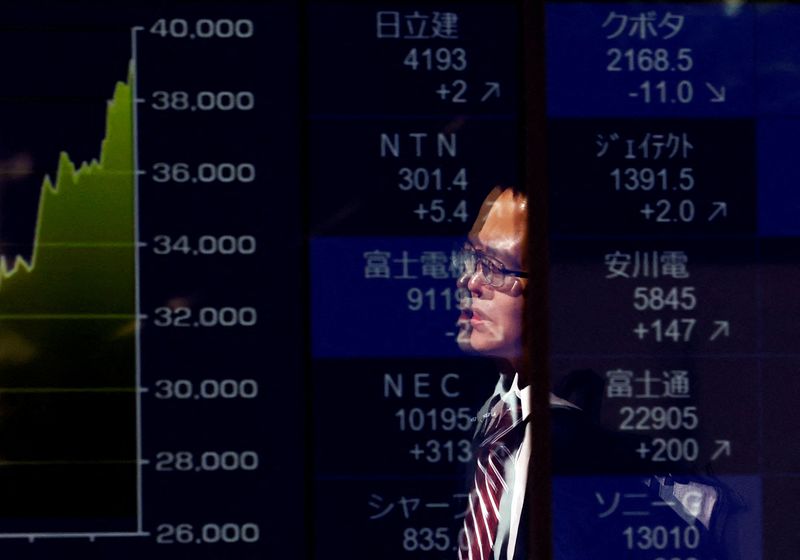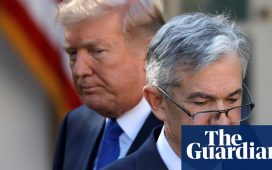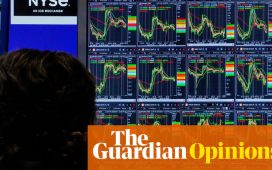
© Reuters. FILE PHOTO: A passerby is reflected on an electronic screen displaying a graph showing recent Japan’s Nikkei share average movements and stock prices as the share average hits a record high in Tokyo, Japan February 26, 2024. REUTERS/Issei Kato/File Photo
By Naomi Rovnick and Stella Qiu
LONDON SYDNEY (Reuters) -Global shares drifted around record highs on Friday after U.S. and euro zone inflation data and weak global factory surveys kept hopes of central bank rate cuts in coming months intact.
With markets dominated by bets of both the U.S. Federal Reserve and the European Central Bank lowering borrowing costs in June, Europe’s index rose 0.2% in early dealings, extending an all-time record.
Futures trading implied Wall Street’s stock index, which also hit a record in the previous session, would edge lower later in the day while contracts on the technology-heavy were seen easing 0.2%.
In Asia, index jumped 1.9% to hit a fresh all-time high, extending a surge of 7.9% the previous month when it breached levels last seen in 1989.
Markets see a 76% probability that the Fed will start cutting interest rates in June and around a 60% chance of the ECB dropping its deposit rate the same month, even without a recession expected.
“The period of double-digit inflation from which we are emerging is well and truly over,” said Florian Ielpo, head of macro at Lombard Odier in Geneva.
U.S. personal consumer expenditures (PCE), the Fed’s preferred gauge for inflation, rose 2.4% in January, the smallest annual increase in three years, data on Thursday showed.
Inflation across the 20-nation euro zone also eased to 2.6% in February from 2.8% a month earlier, according to Eurostat figures published on Friday.
But a further softening of economic growth could change the market narrative if investors start to worry about companies’ earnings, said Jon Mawby, co-head of absolute and total return credit at Pictet Asset Management.
Economists polled by Reuters expect the U.S. economy to grow by 2.1% this year and the euro zone to advance by 0.5%.
“I think there’s a not insignificant probability that the softer data is telling the real (economic) story,” Mawby said.
Global factory surveys on Friday showed manufacturing output had continued to fall in both Europe and Asia.
HCOB’s February final euro zone manufacturing Purchasing Managers’ Index (PMI), compiled by S&P Global, dipped to 46.5 from January’s 46.6, below the 50 mark separating growth in activity from contraction for a 20th month.
UK manufacturing output contracted for the 12th month as job cuts accelerated while extended weakness in the German PMI was viewed as indicative of a recession.
Government bond trading on Friday was steady, as investors balanced the lacklustre PMI surveys with the fact the euro zone inflation drop was not quite as steep as expected and core inflation remained stubbornly high.
Germany’s 10-year Bund yield was flat at 2.46% after falling 6 basis points (bps) on Thursday.
The 10-year Treasury yield, the benchmark for debt costs worldwide, inched 3 bps lower to 4.22%. Bond yields move inversely to prices.
An index measuring the dollar against competing currencies was steady. The yen weakened beyond 150 per dollar after contrasting comments from Bank of Japan officials kept investors guessing about when it might end its negative interest rates policy.
Oil prices were higher as traders awaited producer group OPEC+’s latest supply decision. added 1.1% to $82.81 a barrel, while rose by the same amount to $79.11.
The price was 0.6% higher at $2,054.70.









